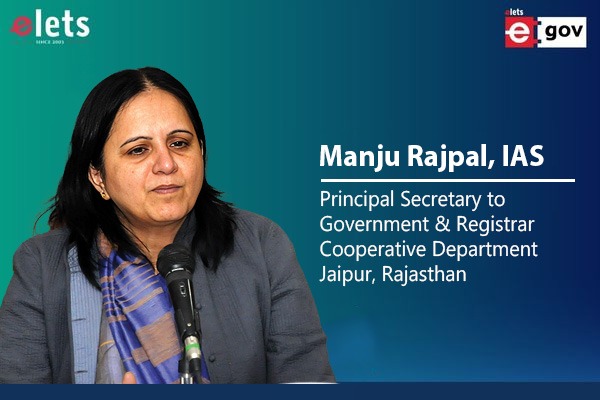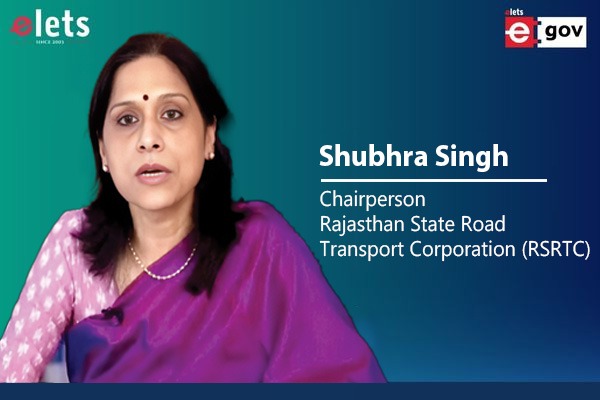
Gujarat has done well in several areas. It has been India’s growth engine. With a share of 5% of the national population in 2021-22, it had a share of 8.27% in the national GDP, 18.14% in the industrial net value added, 30.6% in India’s trade export, and 15.1% in per capita power consumption. Also, 42.5% of its population was urbanised in 2011 compared to 31% of the country. Its GDP grew at a CAGR of 10.9% over five years from 2017-18 to 2021-22.
It has also done well in certain social indicators. Infant mortality has come down to 23 in 2020 from 53 in 2004, and maternal mortality is down to 57 over 2018-20 from 202 in 1999-01. At this rate, within a decade or so, these should reach international levels. The one area in which Gujarat lags is the child sex ratio, which was 890 in 2011 and among 28 states 6th from the bottom.
India’s national plan for energy transition is based on our realities; One to augment and grow energy infrastructure but to do this so that it is green and based on renewable energy. We need to double our energy production and consumption by the end of the decade. Two, to provide for affordable energy so that the needs of the poorest are secured, and three, to develop domestic supply chains for new energy systems.

Rapid economic growth has required rapid growth of energy supply. Here, electricity supply is critical as other energy sources can be imported. Gujarat has also done well here. It has kept pace with growth in electricity demand, which has been growing at more than 5% per year. Over the past 10 years, the peak demand shortfall has been mostly below half a percent. Only in four instances, it has been around 1 %. In 2018 once, it was 7%. In September 2023, peak demand deficit was 1.1%. The deficit was zero in October 2023.

In the power sector, renewables have to play an increasing role as the world deals with the threat of climate change. The installed capacity of renewables on March 31, 2022 in Gujarat, was 16588 MW out of a total installed capacity of 40138 MW, including a share of 7595 MW from Central Sector plants. The capacity of fossil fuel plants was about 23000 MW.

Gujarat has 180215 MW of renewable power generation potential, which is 12.09% of India’s potential. Of this, 142560 MW is wind power @120 m height, 35770 MW is solar, and 1885 MW is others. So, in future also, Gujarat will not have any problem in meeting renewable power targets.
ELECTRICITY REQUIREMENTS
Thus power supply may have to increase from 129 bkWh in 2021-22 to as much as 386 bkWh in 2035.
ELECTRICITY SUPPLY OPTIONS
Electricity supply options include fossil fuels largely imported, renewables available in the state and reducing requirements.
Energy Efficiency: This is the most important resource as the demand side measures (DSM) could substantially reduce electricity or capacity requirements. We have assumed that the impact of DSM is reflected in our falling elasticity assumption. The difference in peak demand in 2035 between constant elasticity and falling one is 11% for an 8% growth rate and 14% for a 10% growth rate. We have, therefore, explored supply options for scenarios with only falling elasticity.
Renewable: Renewables, such as wind and solar, provide substantial scope but have their limitations as they are not available on demand and require balancing power from balancing sources such as hydro, open cycle gas plants, or electricity storage.
Thus, in exploring the supply options, we have given particular attention to the absorption of substantial levels of renewable capacities and their implications for costs, balancing capacities, and emissions. To see what kind of development would be needed, we look at scenarios developed with an optimisation model, of industry-led 10% growth with falling elasticities which shows a requirement of 386 bkWh in 2035.
In these scenarios, various resource availability constraints are imposed. Thus these are feasible scenarios. In the scenario with no emphasis on renewables, they are still selected as the coal, lignite, and nuclear capacities reach their upper bounds. When solar and wind capacities are forced to high levels, open-cycle gas- based plants are needed to balance the renewable power. This reduces the combined cycle gas-based plants due to the constraint on the availability of gas. Because a solar or a wind plant generates power at 20% to 25% plant factor compared to a coal-based plant with a potential of 80% plant factor, the installed capacity required to meet the same electricity demand increases substantially. This, of course, increases the investment requirement and low- interest long-term loans become critical. The cost of electricity increases to Rs 2.84 per kWh from Rs 2.57 when renewables are pushed.
Some broad conclusions and characteristics emerge from these scenarios. Coal is the cheapest source, followed by lignite and closed-cycle gas. The cost of power increases with demand, which increases with growth rate and industrial growth. Renewables increase the cost further and restricting coal leads to even higher cost. Balancing renewables with open-cycle gas costs less than balancing with solar PV with storage (a scenario not presented here).
The peak-to-installed capacity ratio falls dramatically with renewables.
THE ROAD AHEAD
Renewables are Gujarat’s main energy resources. It is inescapable that renewable generation is expanded. In the absence of renewables coal based generation has to be even more and then both local air pollution as well as CO2 emissions would be higher. Gujarat began to push solar in 2011 through solar parks that provided land, transmission lines for evacuation and a guaranteed tariff. Subsequently it has moved to reverse bidding where entrepreneurs bid for the tariff they want and the lowest bidder gets to build the plant. However, for a number of years Gujarat was not able to fulfil its RPO (renewable portfolio obligation). Since distribution companies (DISCOMS) had long term power purchase agreements (PPAs) with coal power producers, they found it cheaper to buy coal power than to pay for capacity charge to the coal power firms plus the price of renewable power. The DISCOMS should enter into PPAs keeping in mind their future RPO requirements. In turn, the Central Government should prescribe RPOS keeping the existing PPAs in mind.
Gujarat can meet its electricity requirement while meeting its climate change obligations even with a growth rate of 10% of GDP and the growth that is led by industry. It has the needed wind and solar power potential.
Views expressed by Kirit S Parikh, Chairman, Integrated Research and Action for Development, IRADE.
Be a part of Elets Collaborative Initiatives. Join Us for Upcoming Events and explore business opportunities. Like us on Facebook , connect with us on LinkedIn and follow us on Twitter, Instagram.
"Exciting news! Elets technomedia is now on WhatsApp Channels Subscribe today by clicking the link and stay updated with the latest insights!" Click here!













